I wish to be here: A praxis of (pro) co-creation
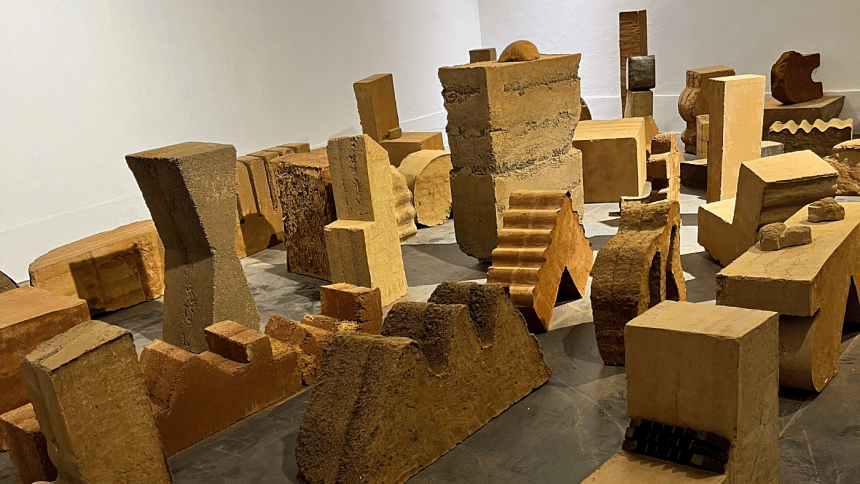
An anthropos' wish embedded in a sculptural form, shaped by soil, emerging from the void inside a mould: this is what meets the eye at Murshed Jahangir's exhibition "I Wish to Be Here".
Propelled by the zeal to create a work of art using a substance both malleable and resistant, fragile yet frugal, a year-long journey ensued. As Murshed became increasingly enamoured of the virtues of soil, hubris slowly gave way to humility. This shift is evident in how his sculptures reveal an idiosyncratic alliance with the medium, substituting control with a form of felt, if not forged, communion.
In this deltaic region, people's attachment to soil is deeply ontological. Entrenched in living memories of flood, erosion, famine, and violent migration, soil becomes a loaded metaphor in creative practice. The earth-bound culture and knowledge systems that once emerged from an ecologically integrated way of life were eroded by the West-centric modernising enterprise. The Green further misled people dispossessed of land by colonial exploitation.
The revolution of the 1980s, which in turn unleashed environmental degradation. The agrarian communities of Bengal continued to endure the alienation of labour on ancestral land. Once hailed as the "salt of the earth," the unassuming rural folk became icons of vulnerability—ghostly presences caught in a struggle for emancipation forever denied in our visual landscape.
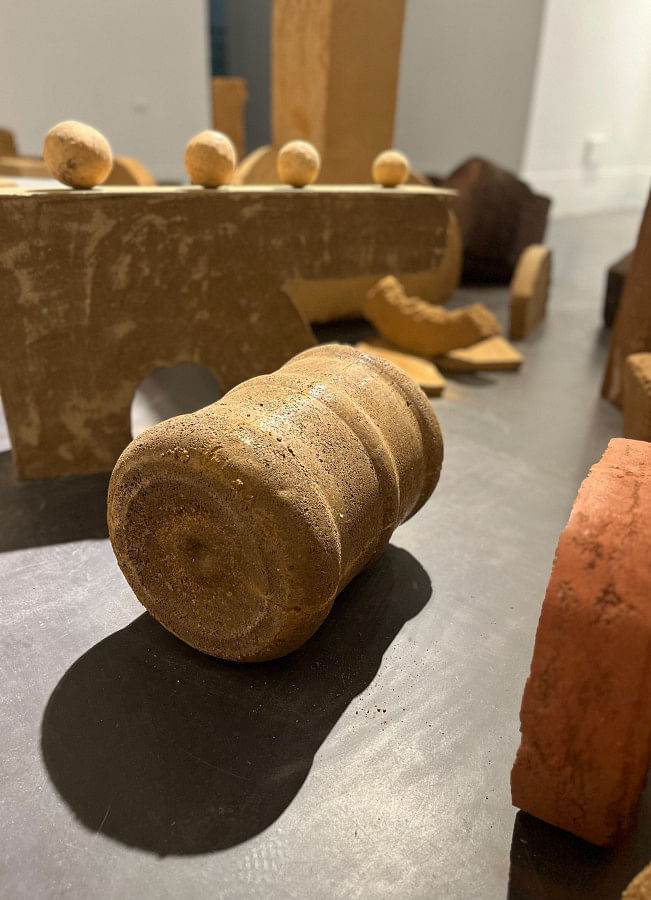
From the landless poor scavenging the streets in Zainul Abedin's famine drawings of the omnipotent figures tilling the land in Sultan's canvases, where life-affirming vitality flows between human and earth — spans a rudimentary visual spectrum of humanity's relationship with the land in this region.
Murshed, operating in a different context than his predecessors, extracts soil from an urban construction site. His participation in the infrastructural violence of and "modernity" — which treats soil as a passive resource to be exploited—is transformed once relocated to his studio, where it becomes an active agent. Beyond the political polemic of nationalism, soil emerges as the vital matter in Murshed's artistic repertoire. He routinely uses a similar process in maquette-making while experimenting with form. Drawing from a reservoir of lived experience—often inspired by the mundane and trivial—Murshed, in "I Wish to Be Here," turns to urban detritus, which interweaves with his soil-based body of work. Peeking from the artworks, pieces of debris gesture toward a material sociality unfolding within a shared life-world.
The "here" in the title gestures toward a presence that seeks to collate tradition and modernity. Emerging as temporal palimpsests, soil as sine qua non is seen layered with wheels and industrial fragments. The rhizomatic clusters on the ground in this respect are somewhat reminiscent of civilisational rise and fall. However, on a deeper level, 'presence' is made visible as a culmination of the gestural physicality of both artist and artwork. Perhaps, on the artist's part, it is a manifestation of desire, memory, prejudice, and a paradoxical will to make a mark in space, albeit one that is redolent of impermanence.
A call for actively belonging, "I Wish to Be Here" refuses fixity/fixation, foregrounding an awareness which is contingent on experiential interconnectedness. Thwarting the premise of mind over matter, the process or method of Murshed's art-making eventually led the artist to an ontic performativity—a process of becoming together. The assemblage may well echo Murshed's wish for an ecology of conscientious, shared living with a readiness to 'live with trouble'. The gallery space, in a way, turns into a site of immanence where object, space-time, and viewer embark on an existential inquiry.
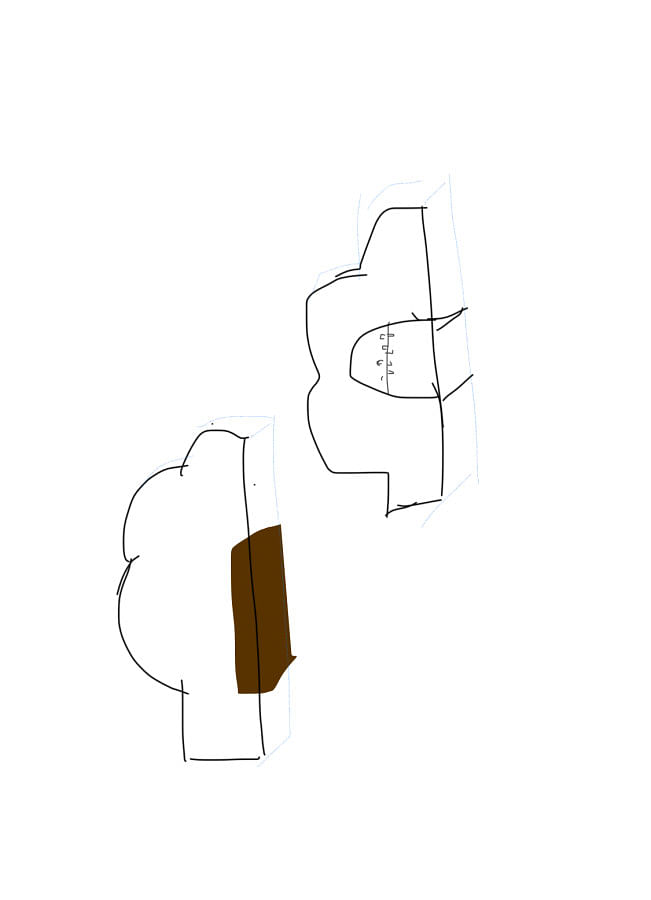
Although somewhat reductive in terms of interdisciplinarity when viewed under the lens of the contemporary art lexicon, Murshed challenges traditional spectatorship by scaling down the artworks to below eye level. This invites viewers into a performative engagement of lowered gaze and movement, each bodily shift lending itself to renewed perception. As the gaze touches and glides along the contours of each form—differentiated in colour, texture, and presentation—the viewer's experiential realm shifts toward hapticity, intensifying the intimacy of observation and relationality.
This revelatory contact draws both subject and object into a co-constitutive entanglement—what Karen Barad calls intra-action:
"I argue that ethics is not simply about responsible actions in relation to human experiences of the world; rather, it is a question of material entanglements and how each intra-action matters in the reconfiguring of these entanglements—that is, it is a matter of the ethical call that is embodied in the very worlding of the world."
― Karen Barad, "Meeting the Universe Halfway"
Murshed Jahangir's aesthetic engagement is defined by the careful attention and care with which he treats his chosen medium. The check and balance between the urge to over-manipulate and an intelligent restraint characterises his objects. Application of colour, combining found objects with the cast forms, sometimes verges on ornamentation; however, the risk is averted by and large through the minimalist approach, consciously skirting around visual gimmickry.
An ancient chant or dirge plays intermittently in the gallery, mourning a loss, perhaps the loss of originary histories overwritten by modern epistemes. Its non-linear movement echoes the ambivalence of an existence already always threatened by extinction. "I Wish to Be Here" resonates somewhat like a decolonial homage to an evolving material culture. Although precariously aligned with "non-Western Earth-knowledge systems Murshed is yet to inhabit, his spirited wish to live with soil points to future endeavours that will surely enrich our local art ecosystem.
As Rosi Braidotti reminds us, the prerequisite for a "posthuman affirmative ethics is the shared intimacy with the world and our common care for it." ("We" May Be in This Together, but We Are Not All Human, and We Are Not One and the Same). Murshed allows the flaws and vulnerabilities of the medium to remain visible, as if they were open wounds. They stand as a visceral warning against our amnesia regarding life on Earth while articulating a wish for a future whose seeds are planted in the present, a present that calls for care even amid the entanglements of crises.
The exhibition runs until July 26, 2025, at Kalakendra, Dhaka, every day from 4pm to 8pm.

 For all latest news, follow The Daily Star's Google News channel.
For all latest news, follow The Daily Star's Google News channel. 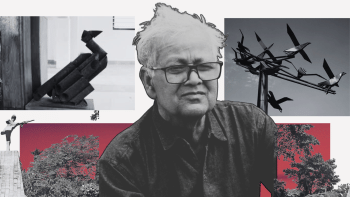



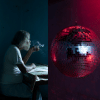
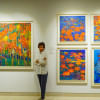
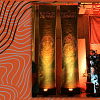
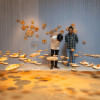

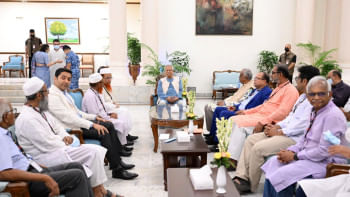
Comments